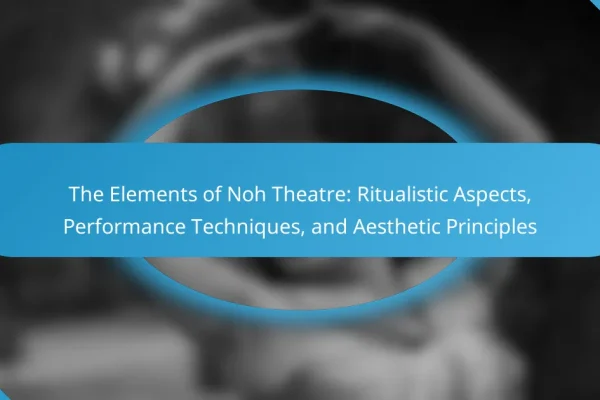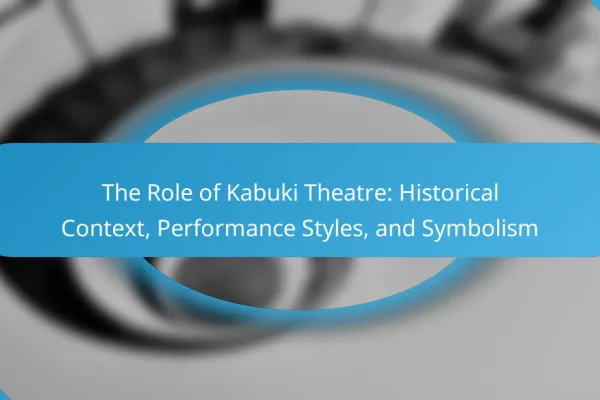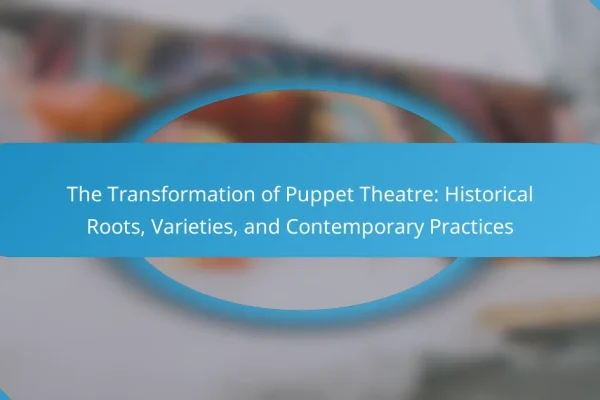
The Elements of Noh Theatre: Ritualistic Aspects, Performance Techniques, and Aesthetic Principles
Noh Theatre is a traditional Japanese performing art that originated in the 14th century, developed by Kan’ami and his son Zeami. Key elements of Noh Theatre include performance style characterized by slow movements and stylized gestures, the use of expressive masks, traditional music featuring instruments like flutes and drums, and minimalistic stage design. Costumes are…

